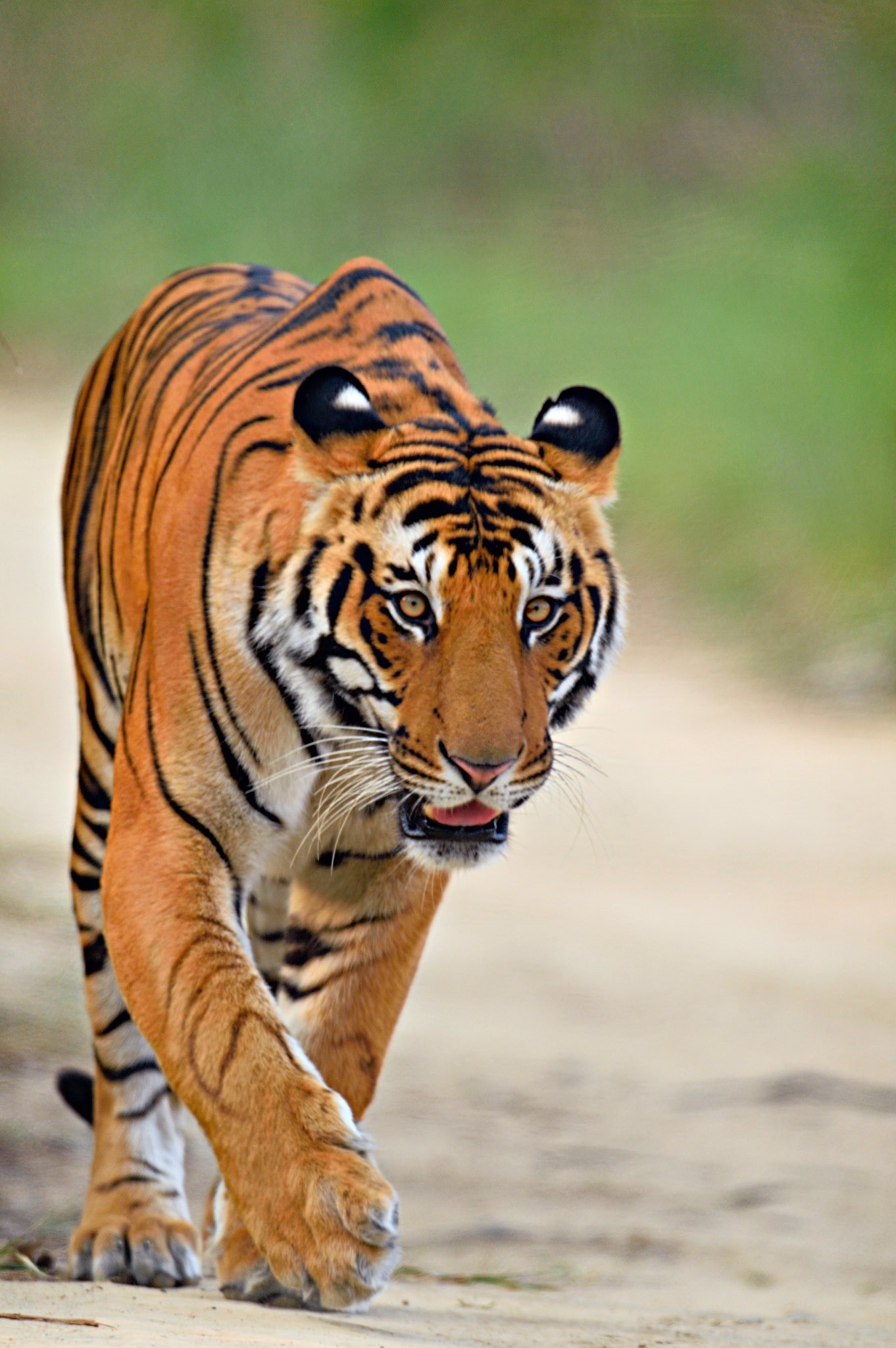PrashantNews
In 2015, 255.63 sq km area of reserve forest was added to the Rajaji Naitonal Park as buffer zone by the Uttarakhand government. Subsequently, the entire 1075 sq km was declared as Rajaji Tiger Reserve under the provision of Wildlife Protection Act 1972.
Initially the park authorities found that the eastern side of the Rajaji Tiger Reserve had a small population of the big cat while there were hardly any tigers left in the western part. Soon, the park authorities started taking proactive steps to boost the tiger population.
A multi-pronged strategy was planned for the growth of big cats in the Tiger Reserve which is spread across three districts of Uttarakhand — Haridwar, Dehradun and Pauri Garhwal.
After a few years of hard work, the results are now positive. The eastern Rajaji Park has now witnessed 42 percent robust growth of tigers. “We have now 50-54 tigers in the eastern Rajaji Park with a healthy growth of 42 percent since the last census,” said Saket Badola, Director Rajaji Park.
On the other hand, the state forest department is continuing with its tiger relocation programme by identifying one more tiger in the Corbett Tiger Reserve who will be relocated to Rajaji National Park shortly. This will be the fifth tiger which will be relocated to the western Rajaji Park. All the four tigers which were translocated earlier are doing fine, said Badola,
The chief wildlife warden Samir Sinha is also buoyant on the relocation process of the tigers in Rajaji Park. “We have identified one tiger which will be relocated to Rajaji National Park from the Corbett Tiger Reserve under the NTCA protocol,” said Sinha.
Corbett Park Director Dheeraj Kumar also confirmed the development and said the process is on for the translocation of the male tiger to Rajaji Park.
In March, one tigress from the Corbett National Park was relocated to the western Rajajji National Park which was set free in the wild.
So far, four tigers have been relocated to the western Rajaji Park area as part of the relocation programme to boost the tiger population there. “As and when we will relocate the fifth tiger to Rajaji Park, we will wait for some more time to assess the situation. If need be, we will approach NTCA again for relocation of more tigers to Rajaji Park,” said Sinha.
A six year old tigress which was relocated in March is healthy and safe and being monitored constantly, said Badola. The tigress was translocated on March 11 under the proper protocol of transportation. The next day, the tigress was freed in a reserved tiger area in the Motichur range of the Rajaji Park. So far, a total of four tigers including one male and three females have been translocated to Rajaji Park in a span of three years starting in 2021.
All the four tigers which were relocated to western Rajaji Park are being monitored regularly, said Badola. “They are living in good condition as other animals live in the wild,” said Badola. “Our main purpose for the tiger relocation was to establish tiger population in the western Rajaji Park,” said Badola.

